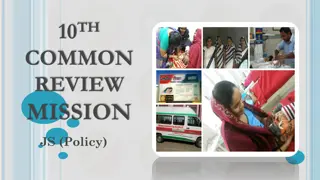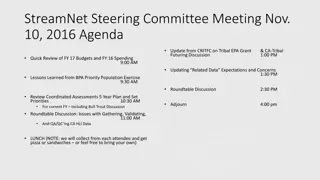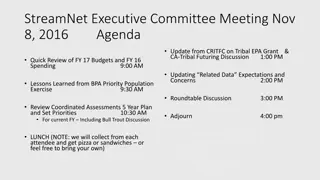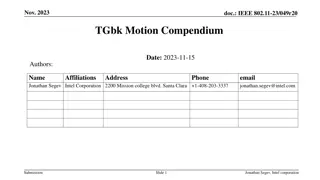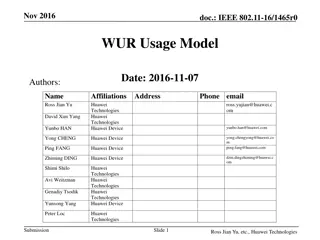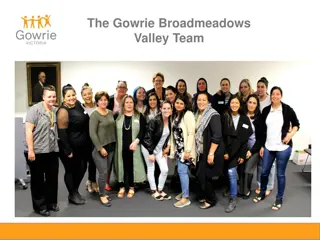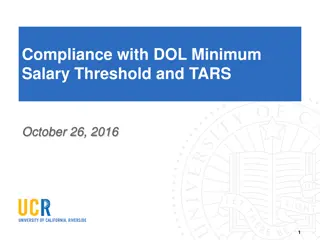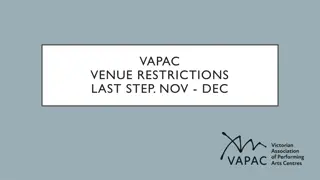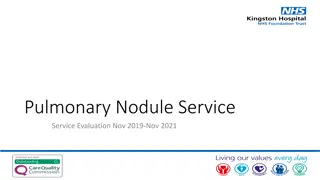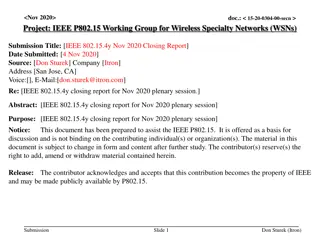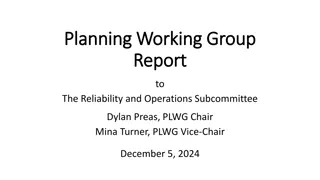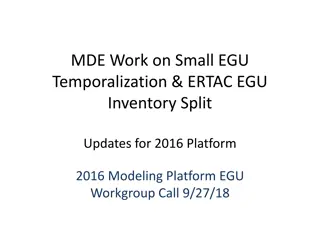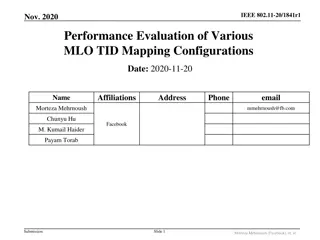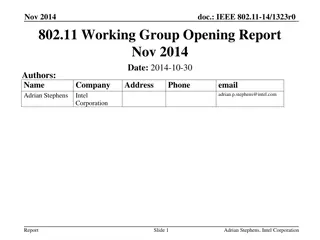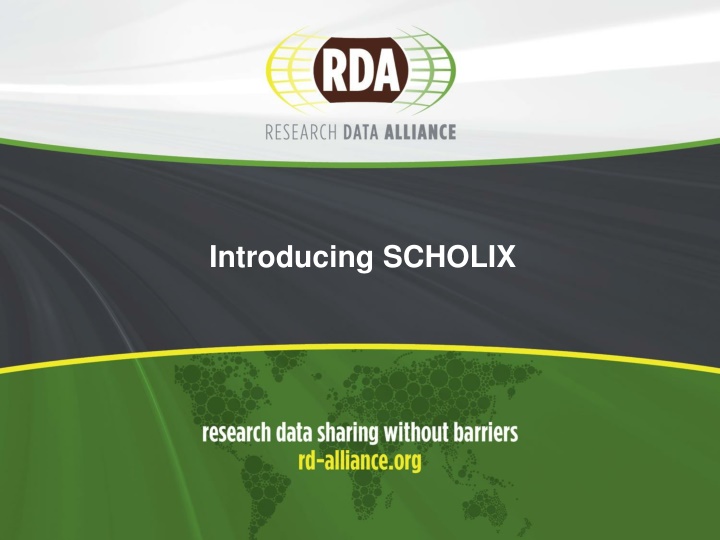
Unlocking the Value of Connecting Research Data and Literature
Explore the initiative SCHOLIX and the challenges of linking research data with literature. Discover the importance, examples, and solutions for enhancing visibility and credit attribution in the academic landscape.
Download Presentation

Please find below an Image/Link to download the presentation.
The content on the website is provided AS IS for your information and personal use only. It may not be sold, licensed, or shared on other websites without obtaining consent from the author. If you encounter any issues during the download, it is possible that the publisher has removed the file from their server.
You are allowed to download the files provided on this website for personal or commercial use, subject to the condition that they are used lawfully. All files are the property of their respective owners.
The content on the website is provided AS IS for your information and personal use only. It may not be sold, licensed, or shared on other websites without obtaining consent from the author.
E N D
Presentation Transcript
The Data Publishing Services WG 2 Joint ICSU-WDS & RDA Working Group, focusing on linking up research data and the literature Bringing together different stakeholders in the data publication landscape: data centers, publishers, institutional repositories, service & infrastructure providers, Data Literature Interlinking Service (with OpenAIRE & PANGAEA) including 1M+ links from various sources SCHOLIX Guidelines
Linking Research Data and the Literature: why? 3 Linking Research Data with the Literature is of great value, yet current solutions are not realizing the potential Why link? Examples Some data repositories keep track of articles that cite, or refer to, their data Some publishers have applications to link articles with data hosted externally Providers of bibliographic information and infrastructure providers are taking efforts to connect the dots 1. Increase visibility & discoverability of research data (and articles) 2. Place research data in the right context to enable proper re-use. 3. Support credit attribution mechanisms
So.. whats the problem? 4 Linking Research Data with the Literature is of great value, yet current solutions are not realizing the potential What is the problem? 1. Many disconnected sources (publishers, data centers, repositories, infrastructure providers, ) 2. Heterogeneity of practices, for example: Different PID systems (DOI, accession numbers) Different ways of referencing data (formal citations, in-text references, ) Different moments of citing data (at publication, post publication, ) technical social
How? Well, its all about connecting the dots 5 Source 1 Source 2 Source 3 service
Theres several initiatives that are addressing (parts of) the problem, and in different ways 6 DataCite-CrossRef eventdata: DOI-DOI linking information exchange Publisher Data Center linking initiatives (Mostly bilateral, no industry standards) Data Citation Implementation Group: Developing proper data citation technical standards Better linking between Data and the Literature Training, education, etc. Data Citation Principles: Guidelines to foster a culture of data citation
Introducing SCHOLIX: A framework for Scholarly Link Exchange 7 A new framework presenting a vision and guidelines for linking research data and literature using a common, global approach An evolving lightweight set of Guidelines to increase interoperability rather than a normative standard. The consensus achieved by the various stakeholder groups in the research data landscape including data centers, publishers, Crossref, DataCite, OpenAIRE, and many others See also http://www.scholix.org/about & http://bit.ly/29tdGNU
SCHOLIX Guidelines 8 Conceptual model Options for exchange protocols Information model Information standards and encoding guidelines See also http://www.scholix.org/about & http://bit.ly/29tdGNU
SCHOLIX in practice 10 Services that are (will be) utilizing the SCHOLIX interoperability framework: 1. 2. 3. Crossref Event Data and Linked Clinical Trials DataCite Event Data OpenAIRE and PANGAEA Data-Literature Interlinking (DLI) Service More on that in the contributions by Geoff Bilder and Martin Fenner How do we make this into a big success? More on that in the last part of this session by Wouter Haak


